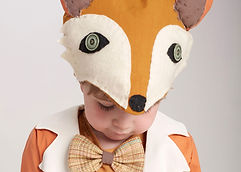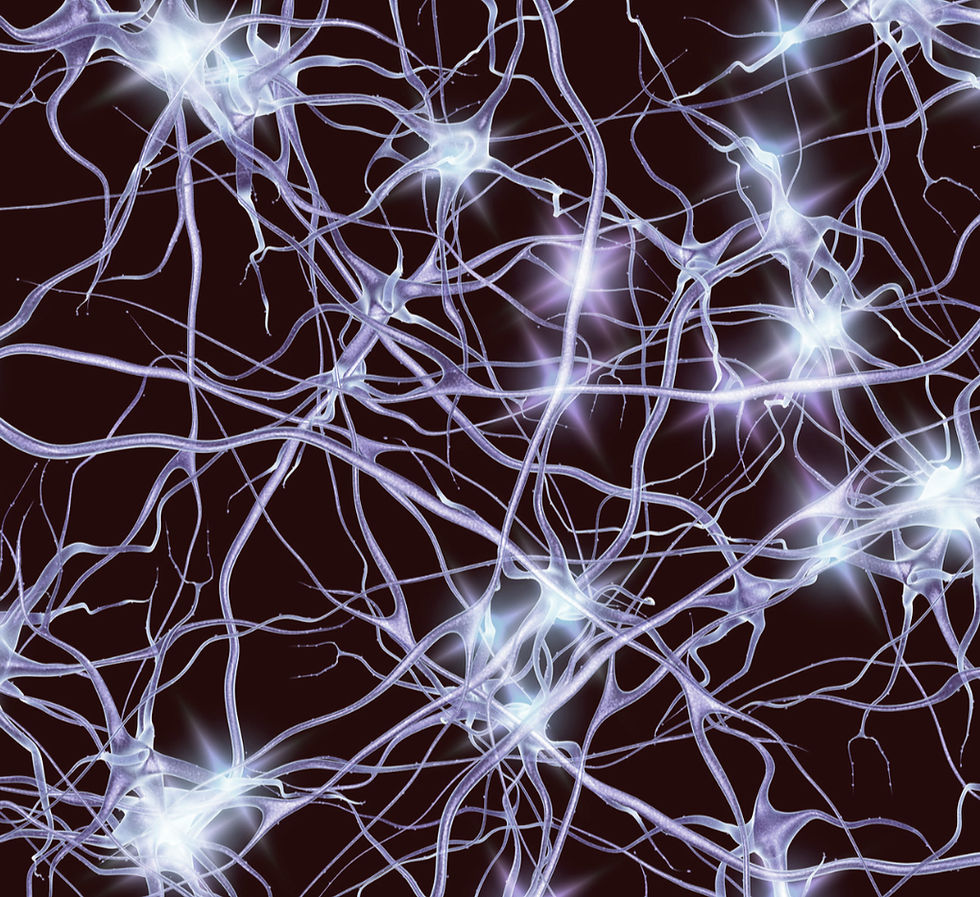How executive function deficit can affect your ADHD child reading.
- Tanya Smith

- Oct 13
- 4 min read
One of the main characteristics of an ADHD deficit is comprehension, yet there still seems to be a lack of understanding of how exactly it affects your ADHD child. This deficit doesn’t only affect them when they are small; it can affect them for the rest of their life.
So let me explain:
In the Beginning
Teaching a child to read in the UK starts with phonics. In the early stages, some ADHD kids find school great because it’s new and stimulating. Learning phonics may not be a problem for many ADHD kids, but this is where the trouble begins.
Once a word is formed — say CAT — the child knows what a cat is. Then SAT— they know what sat is, and MAT — they know what that is too. However, stringing them all into one sentence is comprehension, and that’s an executive function skill.

To understand what word follows and how to make a meaningful sentence requires a prefrontal cortex that can visualise what’s happening. As I’ve mentioned before, children with ADHD only have around 30% of their prefrontal cortex developed by age ten.
This means their brain doesn’t automatically know what comes next, they can’t visualise what they’re saying. So to them, it reads: THE / CAT / SAT / ON / THE / MAT — each word separate, with no understanding that a cat is sitting on the mat.
At this point, teachers can become frustrated, expecting them to “just string it together.” But the child can’t, not yet.
What Happens Next?
As your ADHD child moves through school, they start setting up protective systems for themselves, building autonomy, because they’ve learned that no matter what they do, they can’t seem to read fluently.
Reading is involved in every subject, and teachers often pull them aside for extra reading practice: “The cat sat on the mat.” Meanwhile, other children move ahead. The ADHD child feels humiliated and begins to build powerful defence mechanisms.
They notice that other kids get treated better when they “get things right.” To an ADHD child, who feels before they think, this becomes painful proof that they’re less than.
And Finally — Senior School
By now, reading might be a little more fluent but still slow. The pace of schoolwork and homework ramps up.
Remember, a child with ADHD has around 30% of their prefrontal cortex developed at age ten, and that development continues until around age 30. So in their teenage years, they’re still relying mostly on how they feel to guide their reactions and judgements.
Teachers might ask students to read an entire chapter before the next day, or to read aloud in class. Do you know how crippling that can feel for an ADHD child?
They’ll frantically try to pre-read the next paragraph to sound smooth and fluent, meaning they’re not comprehending anything. They’re just trying to survive. Meanwhile, classmates start to notice. The ones who read easily are praised, and the social divide grows.
School begins to feel like a runaway train, faster than your ADHD child can catch. And to make things harder, the limbic system (the emotional brain) becomes super sensitive in the teenage years. Friends feel more like family, and decisions are driven by dopamine-seeking and emotion — not logic.

They just want to belong.
And this can be the beginning of giving up:
“I belong at the bottom — why should I even try?”
But This Could Be So Different
Here are a few things that can help your ADHD child:
Phonics are great for learning what words sound like, but that’s a logical process. An ADHD brain learns best through emotion and connection. So try this:
Use pictures of your child doing something they love.
Playing football, dancing, drawing, anything they feel good about. Put it in a book and write a simple sentence underneath.
It doesn’t matter if the words are hard to spell — the connection between the image and the feeling helps them link emotion with learning.
Create a mini book of 5–6 personal pictures.
When your child starts to recognise the words and meanings, swap in new ones. They’ll feel proud seeing their “own story” take shape, and that dopamine boost keeps motivation flowing.
Try picture books with speech bubbles from favourite characters.
It feels amazing for a child to say, “I read a book!” Seeing their little collection grow on the shelf builds self-esteem and excitement.
An example of an emotional connection when learning to read.

When Homework Starts
Try these small but powerful strategies:
Use audiobooks alongside reading; this helps them follow along and build comprehension through sound.
Find summaries or short overviews of the story online so they can emotionally connect before diving into the full book.
Ask teachers not to make them read aloud in class. This small change helps them focus and reduces anxiety.
Use ChatGPT to reword or break down homework questions. Sometimes the issue isn’t understanding the content, it’s understanding what’s being asked. Split questions into mini prompts or paragraph headings.
Don’t Let Them Give Up on Themselves
How do I know all of this?
Because this was me.
I know the feeling of being the one who couldn’t “just read. ”But here I am — in my final year of my degree, studying neuroscience and biology of all things.
And that’s how I know for certain: it’s not logic that helps ADHD children learn. It’s an emotional connection, and that’s exactly where we need to meet them.
💕 A Message from The Mindful Mama Collective
At The Mindful Mama Collective, we focus on exactly this — understanding ADHD through the lens of emotion, connection, and executive function, not punishment or “quick fixes.
”Inside the membership, you’ll learn how to recognise emotional triggers, support your child’s real brain development, and build daily habits that bring calm, connection, and growth — for both of you.
If this blog resonated with you, you can join the Founding Members Launch this November and start your journey with a community that truly gets it. Because you don’t have to figure it out alone — we’ll do it together. 💕
.png)




Comments